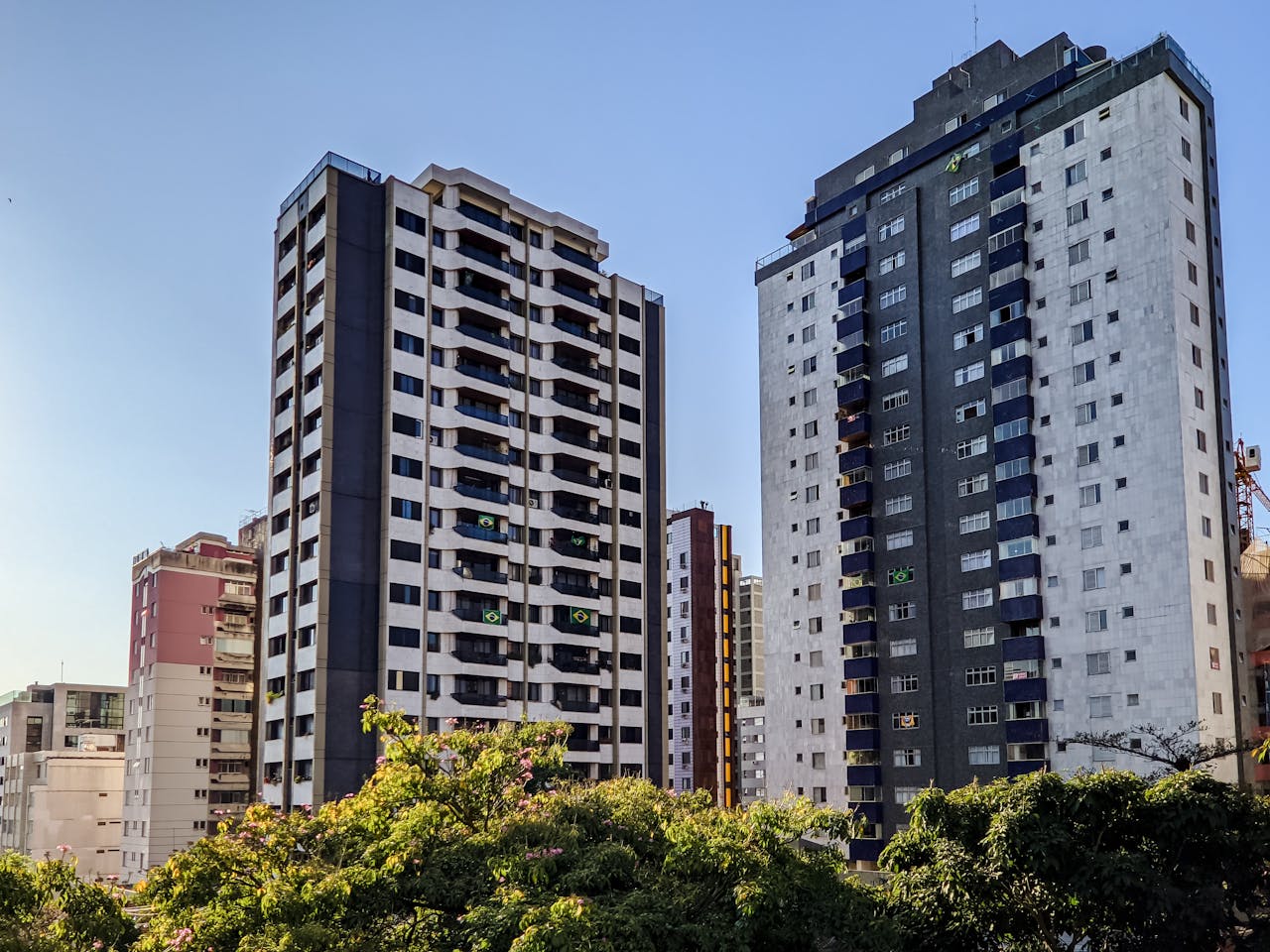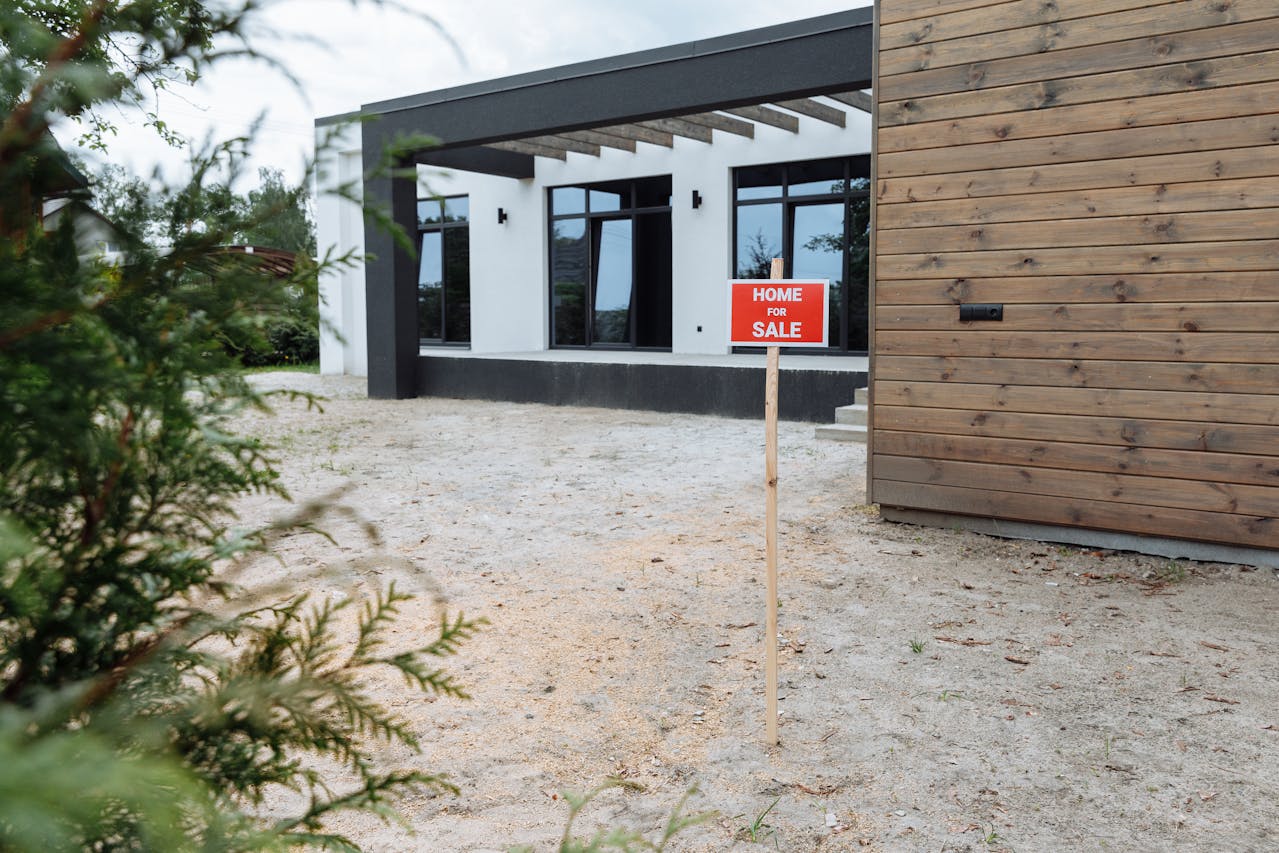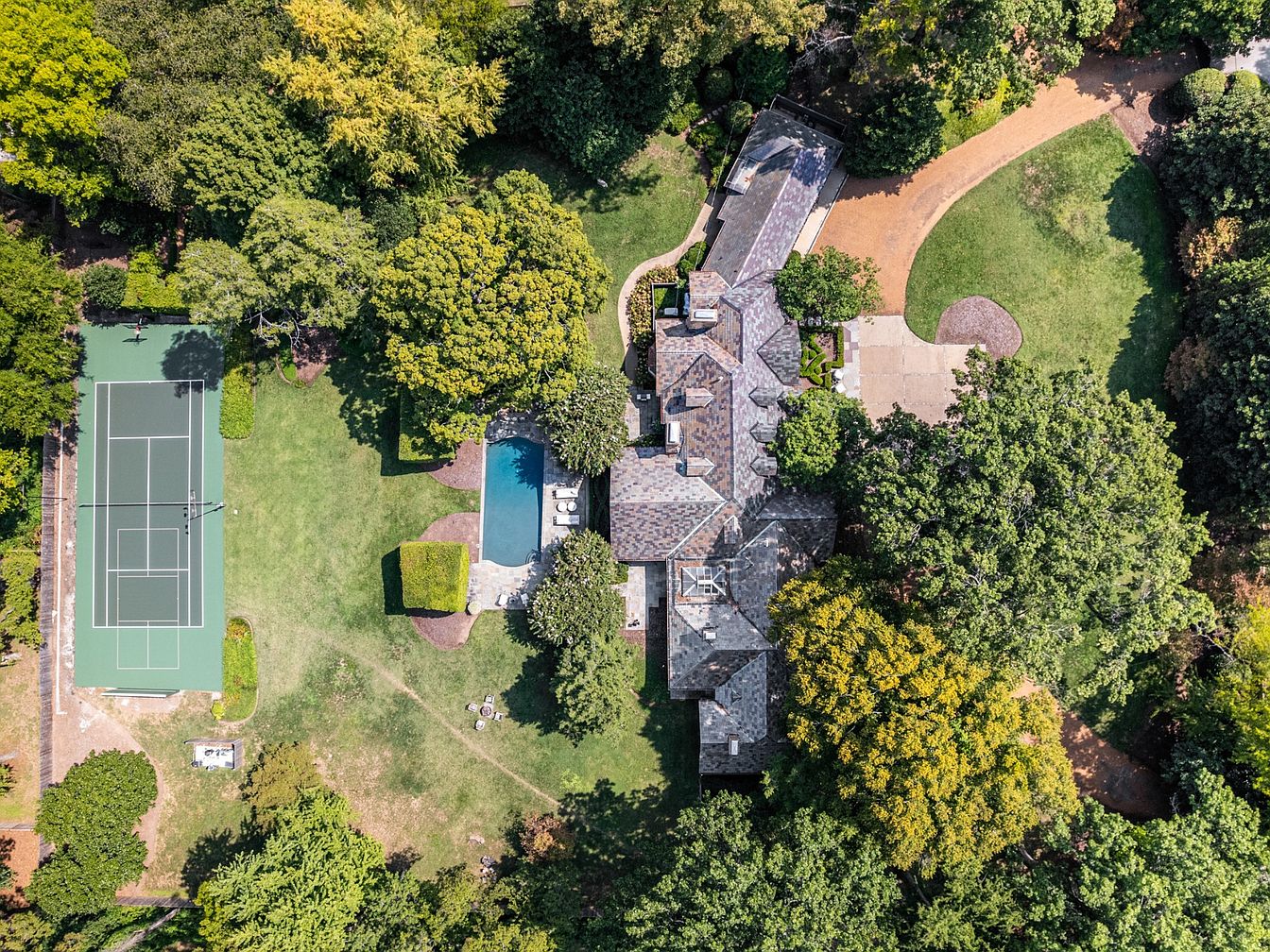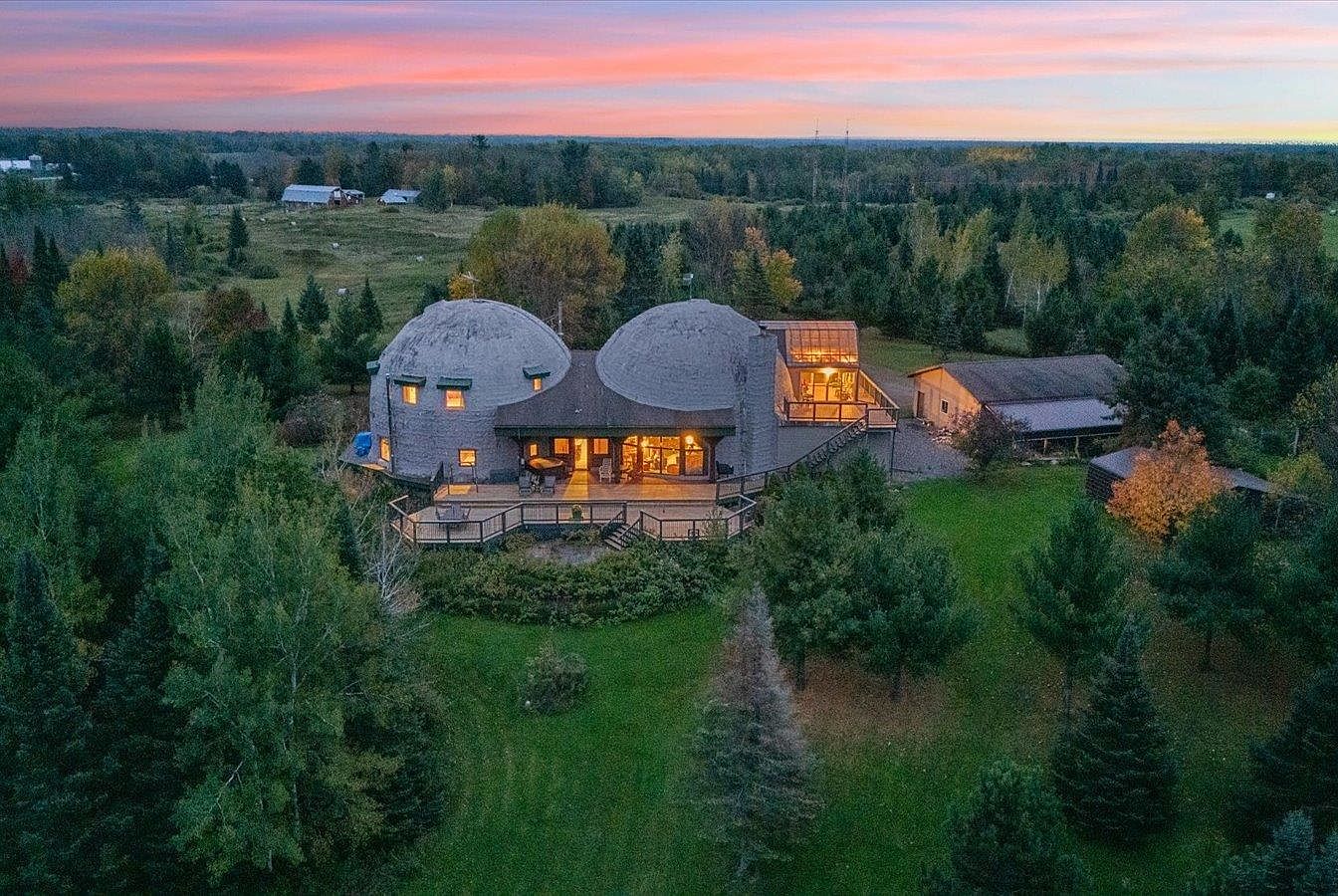This year has been challenging for the housing market, with high interest rates, fluctuating home prices, and rising concerns over an impending recession. While the housing market has survived previous economic downturns, some home types are now proving difficult to sell due to shifting buyer priorities and market conditions.
“The start of 2025 saw a slowdown in residential home sales, primarily driven by high interest rates, a volatile market, and soaring home prices,” explained Zachary Gotlib, Esq., a licensed real estate attorney with Gotlib Law Offices. “Despite this, we’ve seen an uptick in deals over the last few months, and as the spring season heats up, we expect this trend to continue. However, it’s clear that the market is still very much in favor of sellers.”
We reached out to Gotlib and other real estate experts to uncover the four types of homes that are the hardest to sell in today’s market.
McMansions: Oversized Homes Struggling to Find Buyers

Those big cookie-cutter homes in suburban areas are proving to be some of the hardest properties to sell, according to Donovan Reynolds, a Georgia-based real estate agent for Redfin.
“Oversized homes with dated finishes and inefficient floor plans are struggling, especially those built in the early 2000s,” Reynolds said. “In this age of inflation, people are prioritizing energy efficiency, location, and quality, and they’re moving away from homes that are too large and poorly designed.”
These large homes, often designed with multiple rooms and expansive layouts, now seem impractical to many buyers. With utility costs rising, the appeal of oversized homes is diminishing. Modern buyers are opting for more compact, energy-efficient properties that align better with their current lifestyle needs.
Home Builds: An Excess of Unsold New Construction
Homebuilders are facing an excess inventory of unsold properties, which are proving difficult to move in today’s market.
“When interest rates were low, and the pandemic pushed buyers toward suburban areas, builders were busy constructing homes to meet the growing demand for these properties,” explained Gotlib. “But as rates began to rise, the pace of sales for new homes slowed dramatically, leading to an oversupply of houses that builders are now struggling to sell.”
The surplus of new construction homes means that homebuilders are now forced to offer significant discounts and other incentives to attract buyers. However, with the current economic uncertainty and high mortgage rates, many potential buyers remain cautious, making it harder for these homes to move quickly.
Condos: Rising Fees and Maintenance Costs Are Turning Buyers Away

Condos, especially those with high homeowner association (HOA) fees or special assessments, are also struggling to gain traction in the market.
“With rising insurance premiums and increasing maintenance costs, buyers are wary of getting stuck with monthly HOA fees that rival a mortgage,” Reynolds said. “Motivated sellers seem to be attached to a lot of condo listings right now, but those homes are not seeing much action.”
For many buyers, the prospect of taking on hefty monthly fees in addition to their mortgage payment is a major deterrent. With costs for insurance and maintenance rising, condos with these additional financial burdens are becoming less appealing to potential buyers.
Luxury Homes: Lack of Distinctive Appeal Leaves Some on the Market
The luxury market is facing its own set of challenges, as high-end homes without unique features are taking longer to sell.
“The luxury market is cooling, and buyers at this level are looking for homes that offer something special, whether it’s a unique architectural design, breathtaking views, or a lifestyle element that sets it apart,” Reynolds explained. “Generic luxury homes, even in prime neighborhoods, are starting to sit on the market unless they’re well-marketed or priced well below replacement cost.”
Luxury homes that fail to offer distinctive appeal are struggling in today’s market, as buyers are increasingly selective. The demand is shifting from size and luxury alone to properties that offer something exclusive and extraordinary. Without this unique factor, these homes are likely to remain unsold for longer periods.
Conclusion
In today’s real estate market, certain properties such as McMansions, newly built homes, condos with high fees, and generic luxury homes are finding it hard to attract buyers.
Whether it’s due to high interest rates, rising costs, or changing buyer preferences, sellers of these properties may need to adjust their strategies to move them. With shifting priorities, homes need to be priced competitively, well-marketed, and offer buyers the features that today’s market demands.


